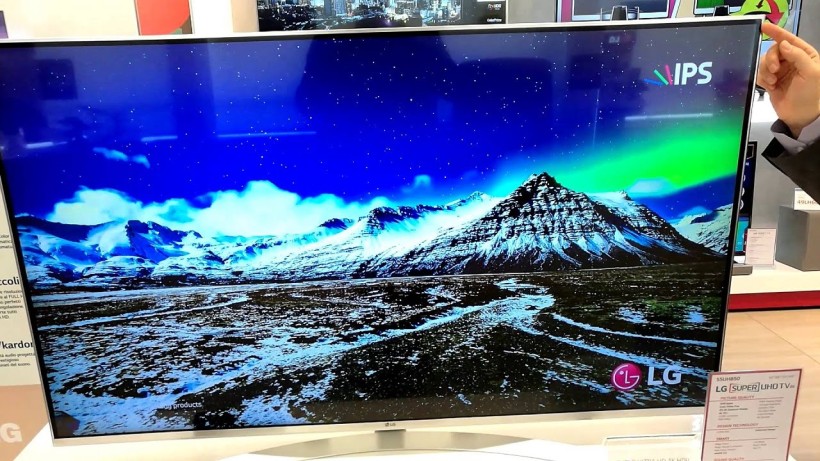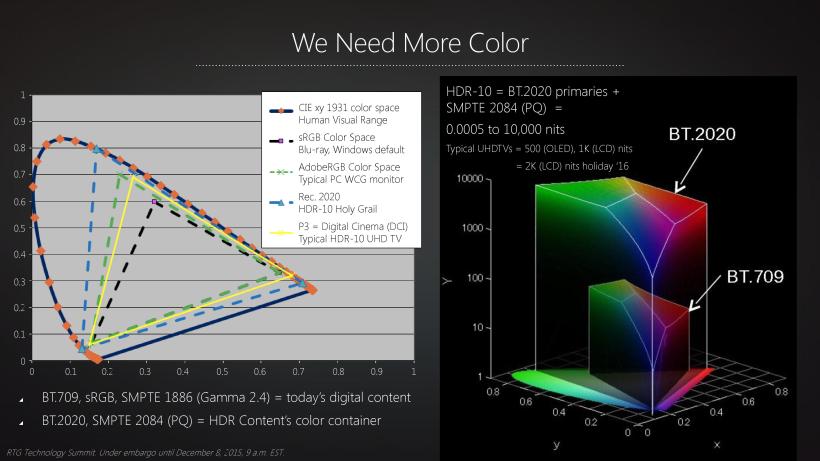
Picture Credit: Google, the Android Open Source stack
So Alphabet released the Pixel and Pixel XL smart phones today, in competition with fellow Android open source operating system suppliers LG Electronics and Samsung, but IAI decided that further investigation could show the motivation. Google used to operate in a fully outsourced hardware model under the Nexus Program, which DigiTrends lays out in great detail covering the release of 14 devices since 2010. Here is the hardware
![]()
A). Apple Threat: “Google is now the seller of record of this phone,” said Rick Osterloh, chief of the company’s new hardware division, crowed on Bloomberg – identifying this as a direct threat to Apple. With the AI aide “Assistant” to compete against Apple’s “Siri”, “The goal is to build a personal Google for each and every user,” said Sundar Pichai, the chief executive of Google. First, the here’s the G or Gravity featureset and Google’s role which does not leave much of a foodchain (see an overview of Porter’s seminal value chain):
- First mobile phone conceptualized, designed, engineered and tested in-house,
- The Pixel phones feature a Siri-like virtual Google Assistant,
- A high resolution 12.3 Mega Pixel camera with picture quality correction features,
- Employs Android’s new Nougat 7.1 operating system,
- Unlimited Google Cloud storage,
- Expect Pixel-branded smartphones, Google Home, a new Chromecast, Daydream VR,
- Google now managing inventory, building relationships with carriers, sourcing components, making supply chain deals and managing distribution, and
- Google is making accessories, including cases and cables.
B). Cloud Services Proliferation: In addition to the direct challenge to Apple, the new hardware division is clearly linked to the “G Services” and the exploitation of their “cloud services” which PC Magazine profiled on September 29, 2016 as all being subject to name changes for business-focused services, applications, technical infrastructure, and even its cloud.
Google’s cloud platform—”our user facing collaboration and productivity applications”—is now known as Google Cloud spanning all the company’s cloud technologies and products: business productivity suite; machine learning tools; application programming interfaces; enterprise maps APIs; and all Android phones, tablets, and Chromebooks that access the cloud. Google also announced new cloud technologies and machine intelligence capabilities, along with eight new Cloud Platform locations: Mumbai, Singapore, Sydney, Northern Virginia, São Paulo, London, Finland, and Frankfurt.

C). Artificial Intelligence Infrastructure for the “Internet of Things”: The Google Cloud Platform (GCP) map clearly points to a dramatic ramp in establishing the infrastructure for artificial intelligence deployments under the framework of the Internet of Things. A key focus of the Google push is “big data analytics” In the new Oregon facility, Google claims to have achieved an 80% improvement in latency which improves application performance but especially in industrial sensors and IoT network performance. WirelessWeek goes deeper:
- Managing and coordinating real-time performance in the IoT will pose a host of new challenges. First and foremost is the problem of scale: this will be a lot more data, coming from lots of different devices. IoT applications still must detect and react in close to real-time. This means that data must be collected and processed continuously and with controlled latency – batch processing models are ruled out.
- Secondly, these applications are by definition highly distributed, which means you need to correlate information from many different places to understand what happened even within a single transaction. And the role of the networks that connect devices and systems together cannot be ignored. Distance-related network latency can be reduced by pushing data and processing closer to users where possible, but applications will remain susceptible to poor routing decisions and network congestion.
- High-value IoT services will often involve systems from different firms and organizations working together to complete a task. Maintaining a system such as this involves collaboration between at least three IT teams in different firms (the parking utility, the bank and the advertiser network), each with its own ‘pool of visibility’ into one segment of the end-to-end application. Without effective data-sharing and cross-correlation, it’s all too easy for each team to conclude that it’s not their problem when things go wrong.
Well respected tech journalist Walt Mossberg explains in The Verge:
Almost a year ago to the day, I wrote a column laying out five reasons it was time for Google to make its own hardware. I missed the AI angle. Google didn’t. The company’s CEO, Sundar Pichai, called AI “a seminal moment in computing” on a par with the personal computer, the web, and the smartphone going mainstream, at roughly 10-year intervals. “It’s clear to me,” he said, “that we are moving from a mobile-first to an AI-first world.” But, even with AI merely in its infancy, Google’s move to becoming a full-fledged maker of the most important consumer tech hardware is a huge deal. It will finally give the search giant the chance to match the advantages long enjoyed by the champion of vertical integration, its arch-rival Apple.
Hold on, Google is talking about end-to-end control on its own GCP blog. CEO Eric Schmidt urges all businesses to move to real time analytics (RTA) relying on Google’s ETL (extract, transform and load) processes – that is full device control. InfoWeek explains the corporate RTA pitch: “Organizations need actionable insights faster than ever before to stay competitive, reduce risks, meet customer expectations, and capitalize on time-sensitive opportunities.” But, they counter, we accept a “multi-cloud world” – “Kubernetes, the open source container management system that we developed and open-sourced, reached version 1.4 in September 2016, and the Google Container Engine (GKE) to this new version (by year end).”
In the spring of 2015, the European Union charged Google with restraint of trade practices against consumers, but another suit emerged in 2016 requiring a mandate for hardware suppliers to commit to exclusive use of the Google search engine and other applications, but PCWeek pointed out that the complaint list was redacted (!) in the EU release provided to Reuters. “The European Union’s antitrust authority filed a so-called statement of objections against Google in April, accusing it of forcing smartphone makers to exclusively use its search engine if they want access to the Play Store, through which phone users can download and purchase other apps.”
TechCrunch’s Natasha Lomas details the real goal of Alphabet – ALL YOUR INFORMATION from A to Z (what 4th Amendment? – asks the Harvard Law Review). “At its hardware launch event in San Francisco, Alphabet showed the sweeping breadth of its ambition to own consumers’ personal data, as computing continues to accelerate away from static desktops and screens, coalescing into a cloud of connected devices with the potential to generate far more data — and data of a far more intimate nature — than ever before”
- Along with two new “Google designed” flagship Android smartphones (called Pixel), the first Androids to be preloaded with the company’s AI assistant (the Google Assistant) and also including fully unlimited cloud storage to suck users’ photos and videos into Google’s cloud.
- Then there were Google Wifi routers, designed to be bought in bundles to plug all those pesky in-home internet blackspots;
- The Google Home always listening connected speaker, which is voice-controlled via the Google Assistant and has limited support for third-party IoT devices (such as Philips Hue lightbulbs);
- An updated Chromecast (the Ultra) to ensure any legacy TV panels are internet-enabled; and
- Google’s less disposable mobile VR play, aka the soft-touch Daydream View headset — just in case consumer eyeballs seek to stray outside the data-mined smart home by escaping into virtual reality.



